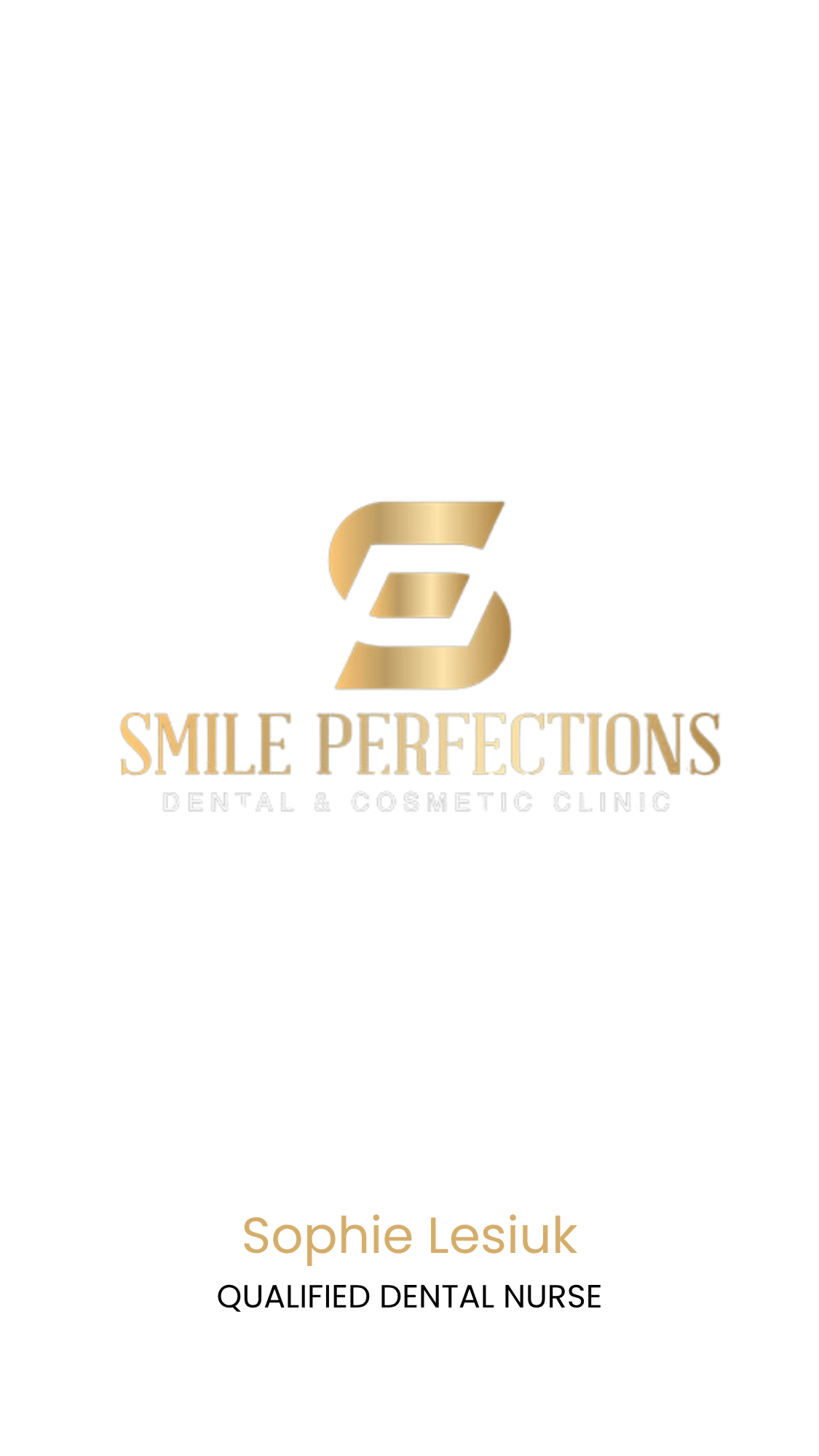Composite Bonding in Oadby, Leicester
Composite bonding is a simple way to perfect your smile. It restores chipped, gapped, or discoloured teeth in a single visit. Using a tooth-coloured resin that blends beautifully with your natural teeth, composite bonding can quickly boost your confidence and brighten your smile—no lengthy treatments required!

No drilling or anaesthesia
Bonding is gentle and non-invasive, usually requiring no drilling or injections, which makes it comfortable and stress-free.

Quick & convenient
Composite bonding can be completed in just one visit, so you can enjoy immediate results without waiting for multiple appointments.

Natural-looking
The resin is expertly colour-matched to your teeth, creating a seamless look that enhances your smile while keeping it looking natural.

Affordable
Compared to other cosmetic treatments, composite bonding is a budget-friendly way to make noticeable improvements to your teeth.

What is composite bonding?
a little fix nobody will notice but everyone will love
Composite bonding is a minimally invasive cosmetic treatment that can make a big difference in how your teeth look. It involves applying a tooth-coloured resin to the surface of your teeth to fix issues like small chips, uneven edges, gaps, or slight discolouration. The resin is carefully shaped and polished to blend in with your natural teeth, giving you a refreshed and natural-looking smile.
Is composite bonding right for you?
If you’re looking for an easy, non-permanent solution to minor cosmetic issues like chips, small gaps, or discolouration, composite bonding could be a great fit. It’s perfect for anyone who wants a quick and effective way to upgrade their smile without the commitment of veneers or crowns.
Why consider composite bonding?
Composite bonding is a quick and easy way to refresh your smile without the need for extensive treatment. Here’s why patients love it:
Seamless fixes for imperfections
Chips, small gaps, or discolouration? Bonding smooths them out for a natural, flawless finish.
Strengthens your smile
Bonding doesn’t just look good—it adds a protective layer that keeps minor damage from getting worse.
Confidence boost in just a visit
Get a brighter, polished smile in just one appointment! It’s fast, pain-free, and completely transformative.
No drills
Bonding is gentle on your teeth. There’s no drilling or anaesthesia needed—just a little resin to perfect your look.

Bringing smiles to life!
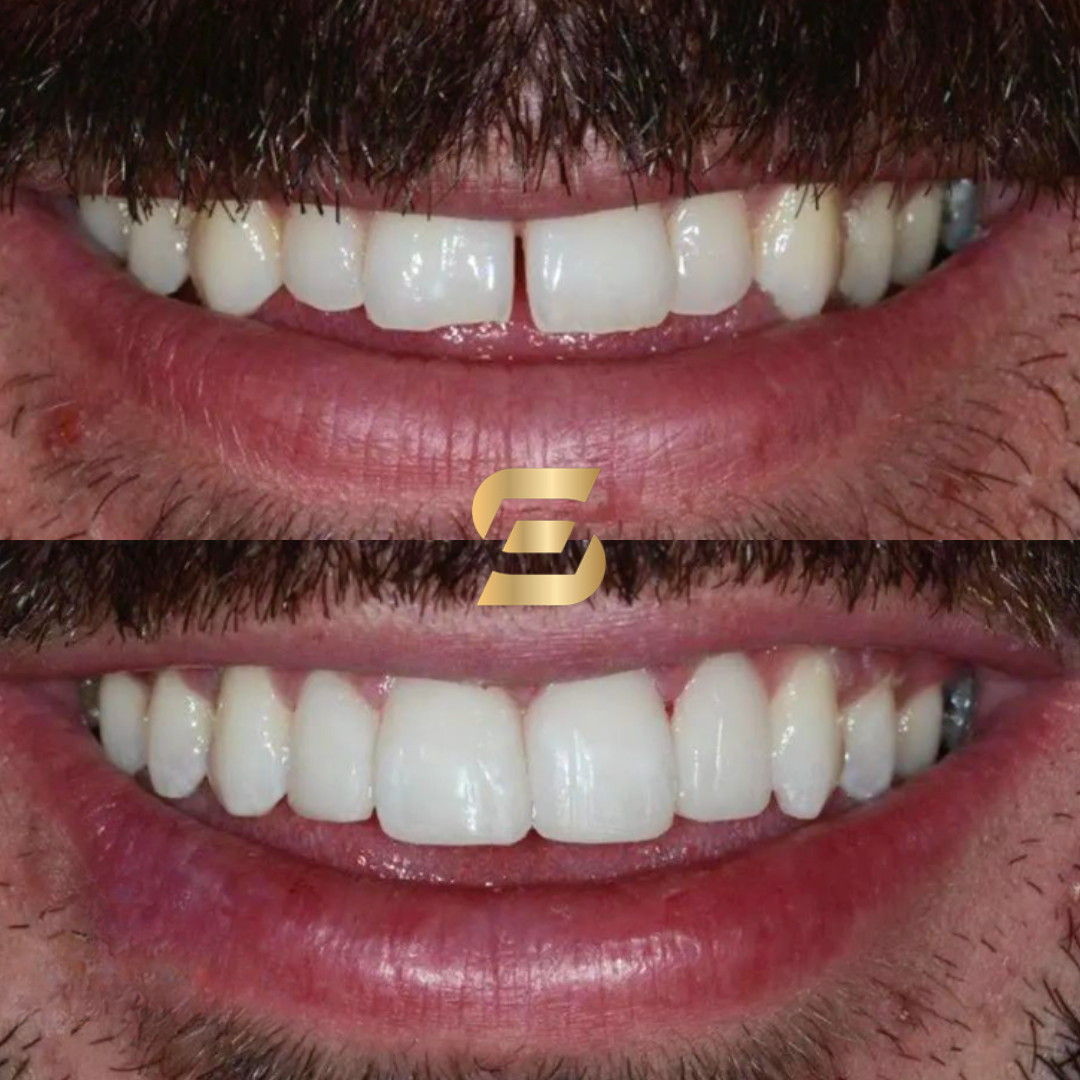
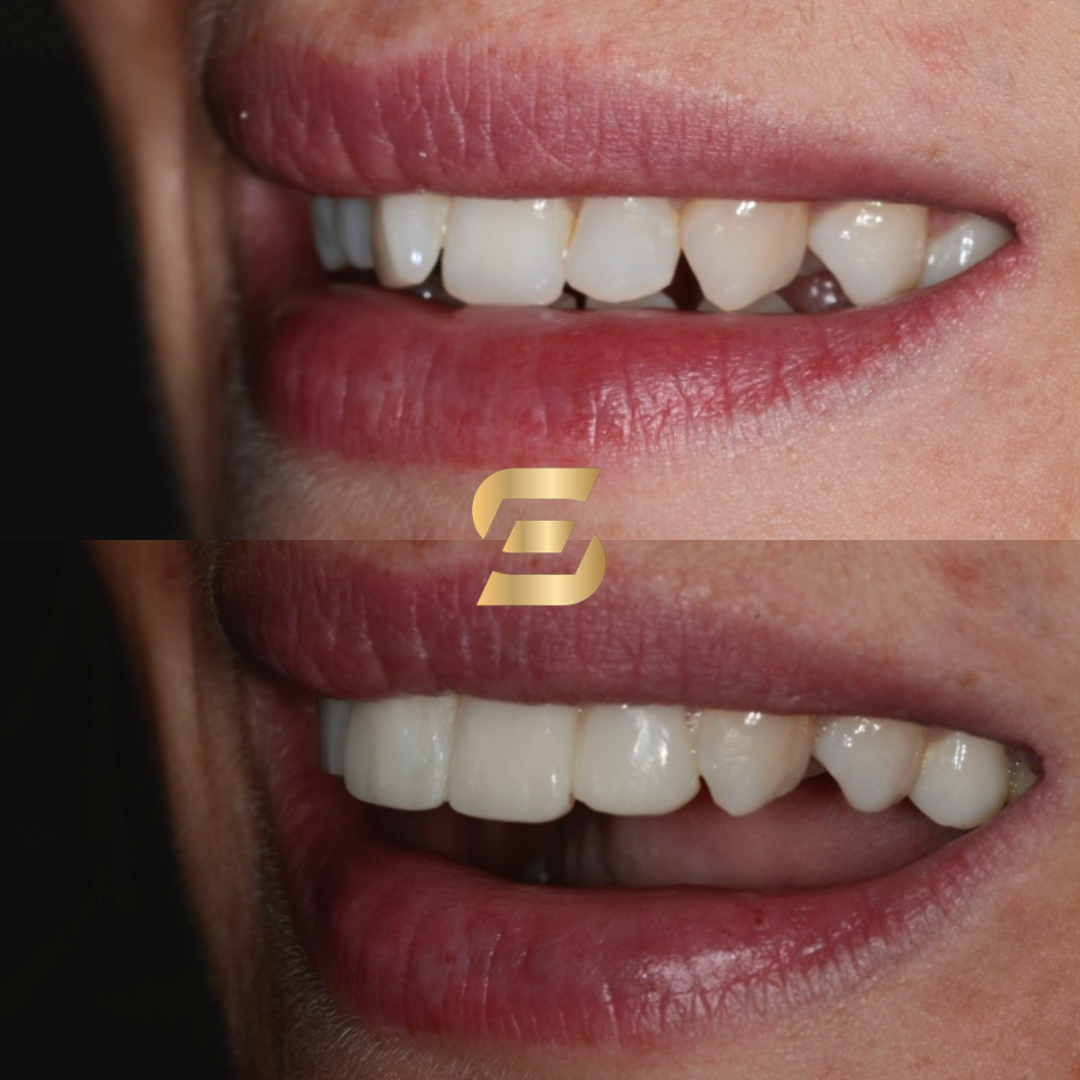
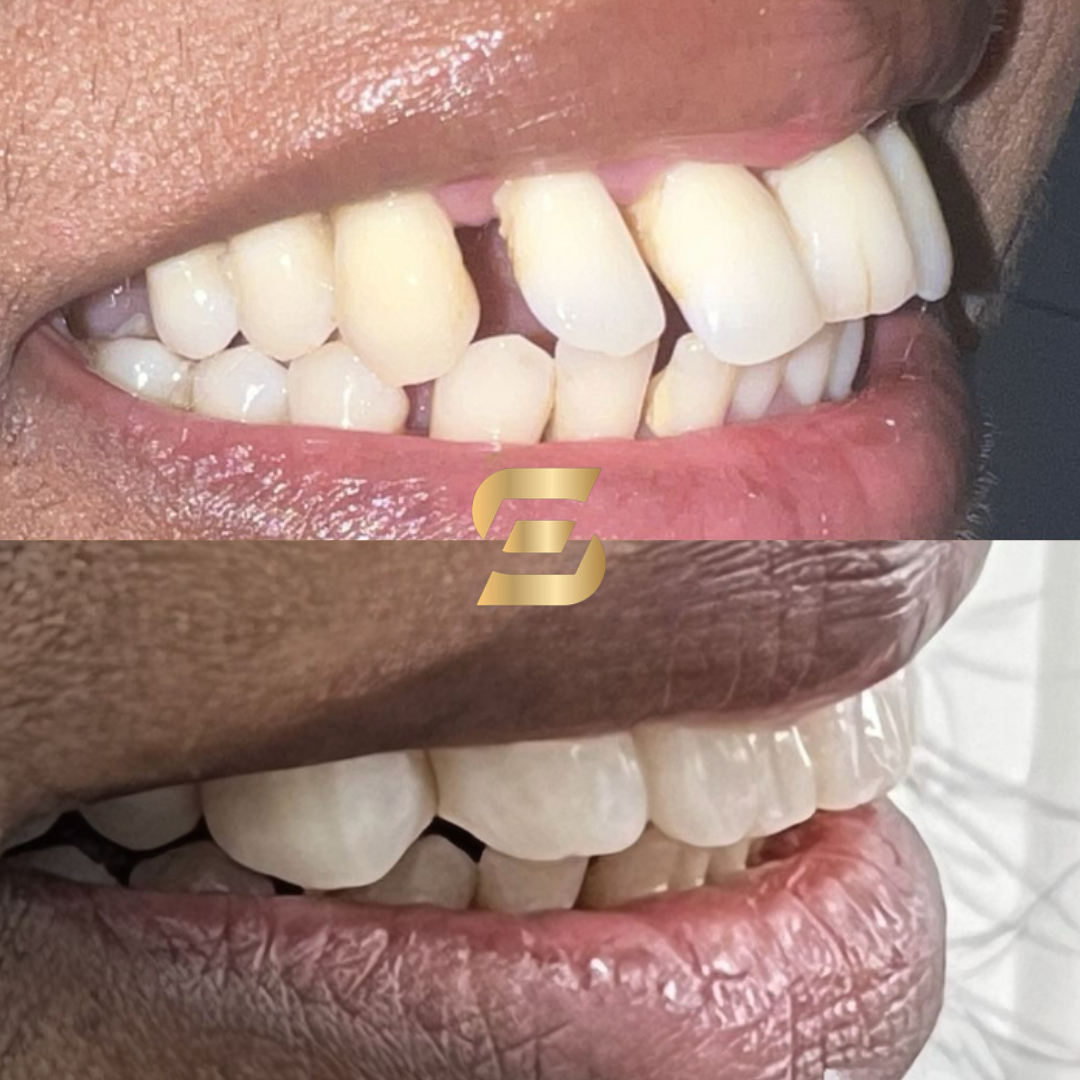
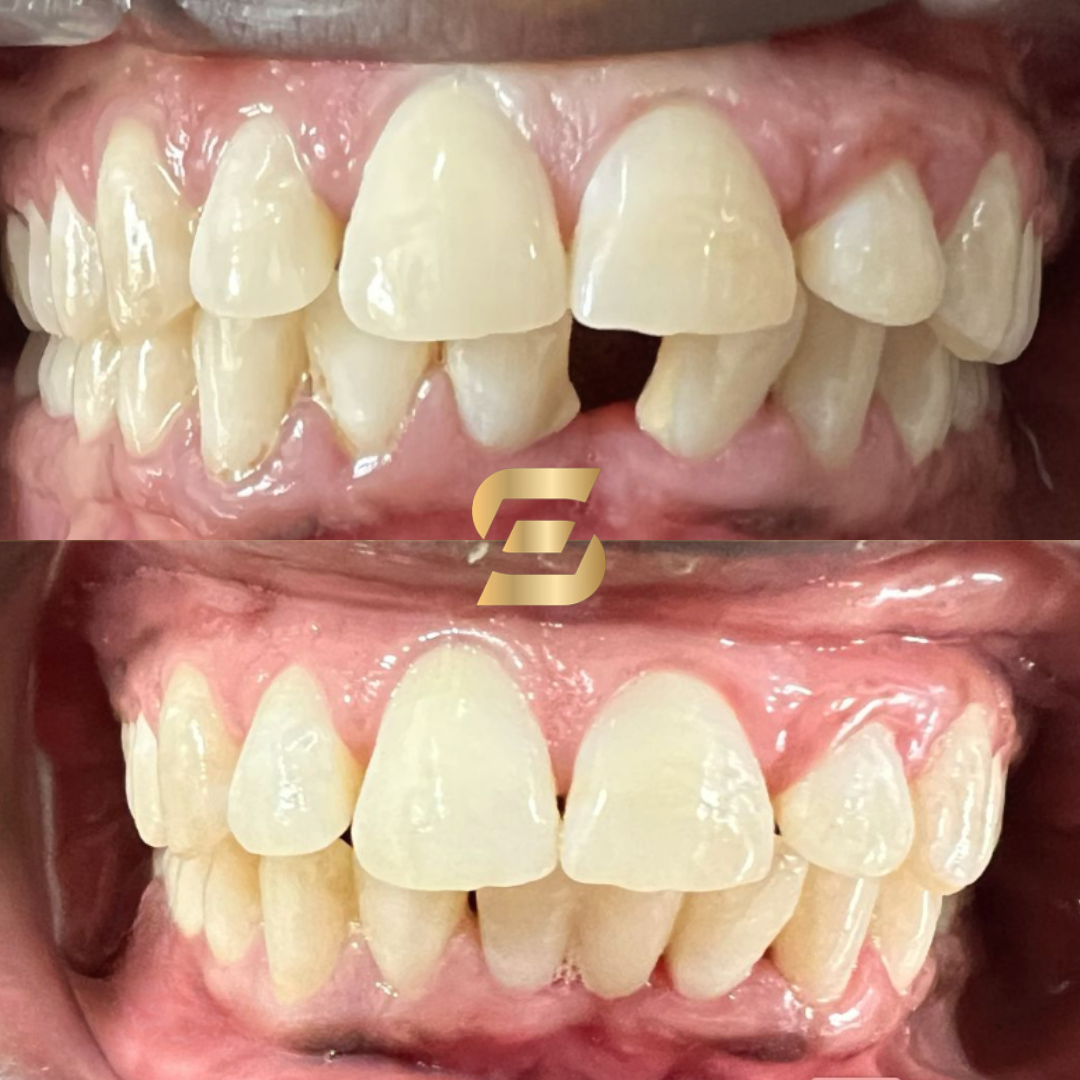
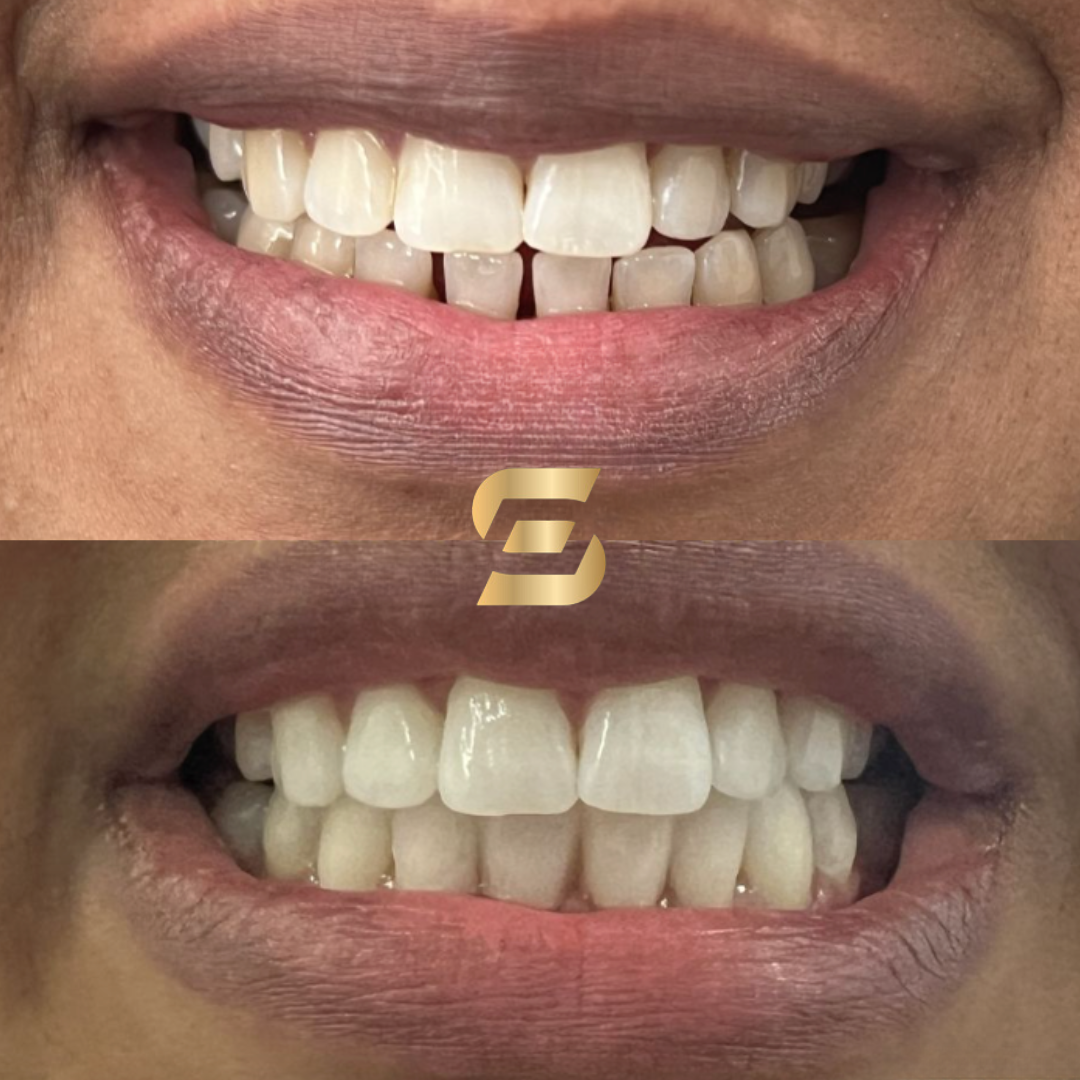





The composite bonding process
what to expect
1. Choosing the perfect shade
We’ll begin by selecting a shade of resin that closely matches your natural tooth colour, ensuring a flawless blend with the rest of your smile.
2. Applying the resin
The tooth-coloured resin is gently applied to the surface of your teeth. No drilling or altering of your natural teeth is needed, so your enamel stays protected.
3. Shaping and smoothing
Next, the dentist carefully shapes and sculpts the resin to hide imperfections, like chips or gaps, and enhance the overall shape of your tooth. The goal is a natural, polished look that feels just like a real tooth.
4. Hardening the resin
Once the resin is perfectly shaped, a special light is used to harden it in place. This quick step makes the resin durable and secure, ready to handle everyday life.
Composite bonding vs veneers
Bonding is perfect for minor fixes, while veneers provide a lasting, transformative look. Our team can help you decide which suits your needs!
-
Time
Bonding is done in one visit; veneers require two visits and more preparation.
-
Durability
Bonding lasts around 5-7 years; veneers can last 10-15 years or longer with proper care.
-
Cost
Bonding is more affordable; veneers are a longer-term investment.
-
Reversibility
Bonding is reversible and doesn’t alter your teeth; veneers are permanent.


Why choose composite bonding at Smile Perfections?
At Smile Perfections, we make composite bonding simple, quick, and all about you. Here’s why patients love it here:
- Our bonding is colour-matched and shaped to blend in with your teeth.
- Forget drills and needles! We keep it comfortable, quick, and simple.
- Get the new smile in just one appointment—no waiting, no fuss.
- Our relaxing clinic vibe and friendly team make every visit a pleasure.
- We offer flexible payment options.
Have a question?
FAQ
We are here to help you! Find the answers to some of the most asked questions here.
Composite bonding isn’t suitable for everyone. If you have severe tooth decay, gum disease, or if you grind your teeth heavily, bonding may not be the best choice. Your dentist will help determine if it’s right for you.
Yes, you can eat most foods with bonded teeth, including apples. However, it’s a good idea to avoid biting directly into hard foods to protect the bonded area from damage.
No, composite bonding should only be done by a trained dental professional. DIY bonding kits do not provide the same results and can damage your teeth or gums.
There isn’t a strict limit, but each time bonding is replaced, a small amount of the natural tooth may be removed. Your dentist can advise you on how often bonding can be redone.
Yes, you’re fully awake during composite bonding. It’s a straightforward, non-invasive procedure, so you can relax comfortably in the chair.






